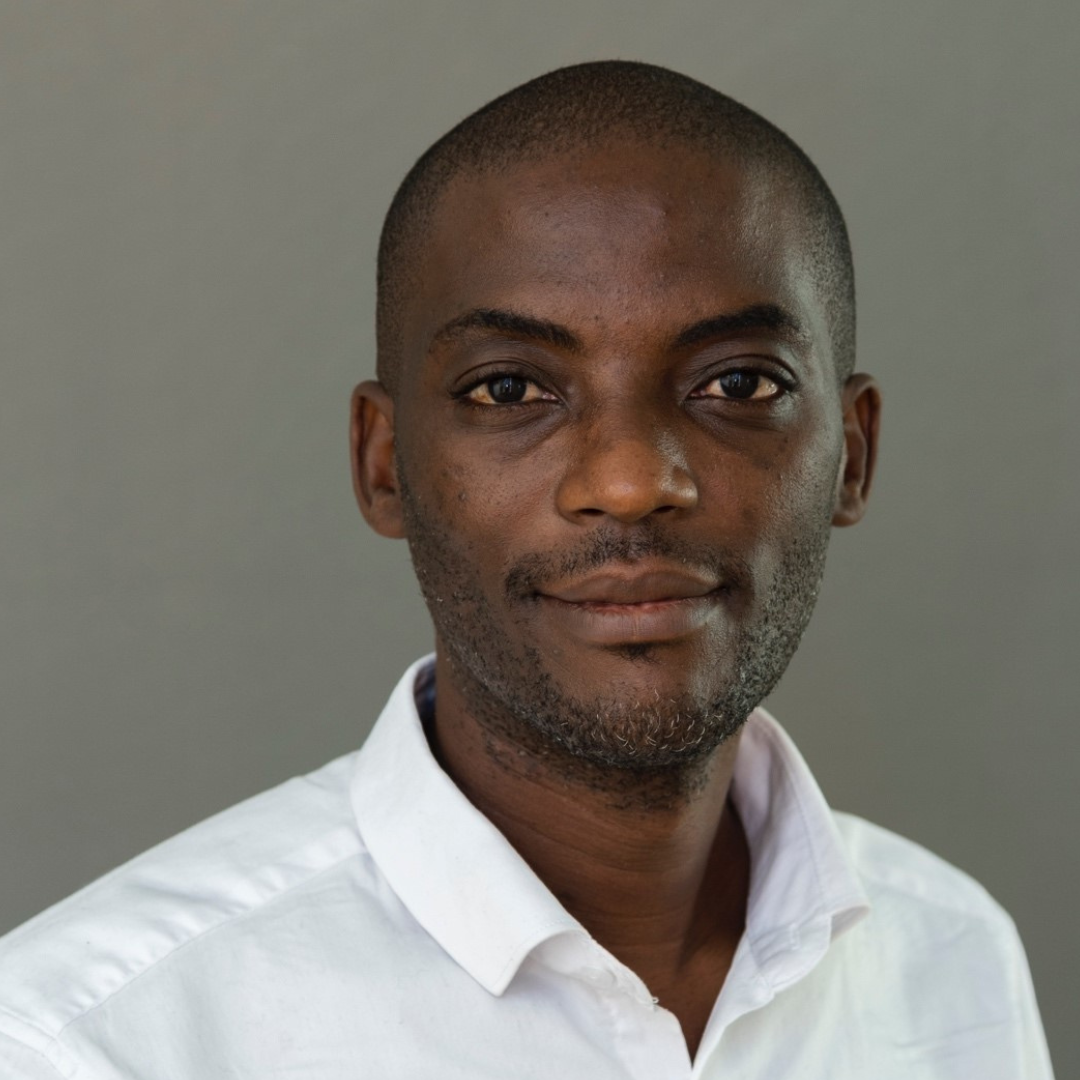Meet Eman Helmy Thabet of Alexandria University where she is a lecturer in the Medical Physiology Department, a member and researcher in the Centre of Excellence for Research in Regenerative Medicine and its Applications (CERRMA), and helps run the experimental animal facility. She joined us at the virtual Mouse Engineering Minicourse from June 15th to 18th. This is her first CSHL course experience and it “was more than what [she] had envisioned. [She] got introduced to many concepts of genetic engineering of which [she] was unaware.”
Tell us about your research.
Currently I work on the isolation of cardiac stem cells, the precursors of beating heart cells, from mouse hearts. By exposing them to different conditions and testing their regenerative abilities we aim to understand how they can be used to treat heart diseases.
How did you decide to focus on this area/project?
I was always fascinated by stem cells and thanks to the multidisciplinary nature at CERRMA, I am able to research the ability of germ cells to regenerate postnatally and preserve ovarian function and then switch gears to another dogma of cardiac stem cells and the challenges of their isolation and therapeutic potentials in ischemic heart disease.
What and/or who is the inspiration behind your scientific journey?
To start with, I have always been supported and encouraged by my parents to pursue excellence in my scientific career. My first professional inspiration in research is former PhD supervisor and now current PI, Professor Radwa Mehanna. Dr Mehanna is a professor in the Medical Physiology Department and also runs the CERMMA lab. Her passion for stem cell research is contagious to those around her and is what spiked my curiosity for stem cell research. Dr. Mehanna’s leading personality and team spirit attracted me to shadow her and absorb as much of her knowledge and expertise. I was blessed and privileged to have her as my PhD supervisor, whom without I wouldn’t have graduated. Dr Mehanna is, so far, the only PI I have seen who completes all the administrative work, funding applications, and gets her hands wet in the lab by conducting cell culture experiments and mouse dissections herself.
Excited and eager to learn more, I then spent a year at the University of California, San Francisco on a Fulbright Scholarship and meeting Professor Diana Laird was the ultimate takeaway of my adventure: she steadily walked me through a period of profound growth in my researcher career. Through our weekly meetings, she introduced me to a great deal of good science. I learnt how to think critically, develop out-of-the-box ideas (wacky science!), and how to self-learn new techniques and improvise during challenging situations; such as lab shutdowns during the pandemic. More importantly, I learnt “the art of making mistakes.” Dr. Laird always had a way of reshaping situations so that all experiences became learning opportunities and never failures. Her continuous one-on-one mentorship throughout my stay at her lab was a treasure. Professor Laird will remain an inspiration that will continually fuel my research career for years to come.
What impact do you hope to make through your work?
I would hope to contribute to generation of new cell lines or mice at our facilities that in turn would greatly impact our research and open new opportunities for us and future researchers.
What do you love most about being a researcher?
That I get to play around and create science. I am always excited by new ideas and techniques, and very eager to try them.
What drew you to apply to this course?
I knew nothing about mouse genetics. I gradually started listening to webinars on the JAX website that I found to be very helpful and introductory. But I hoped to learn and understand more so I am able to manipulate mouse genomes and produce genetically modified animals to model numerous diseases.
What is your key takeaway from the Course; and how do you plan to apply it to your work?
Some of my key takeaways were constructing alleles, creating reporter lines or mice, getting to know more about CRISPR and its applications and, lastly, troubleshooting some of common scenarios that can happen during breeding and colony management and might be puzzling to researchers.
What feedback or advice would you share with someone considering to participate in this course?
Get acquainted with the helpful websites and databases provided in advance by the course instructors, read some basic mouse genetics, and hop on!
What’s the most memorable thing that happened during the Course?
One of the course instructors is my former PI, Diana Laird. I loved reconnecting with her and remembering how pleasant it was to meet with her weekly (as much as it seemed stressful at the time!). Also loved seeing my former lab members, Bikem and Eliza (who would occasionally Slack me when I needed to get to a breakout room and was lagging behind :)).
Thank you to Eman for being this week's featured visitor. To meet other featured researchers - and discover the wide range of science that takes part in a CSHL meeting or course - go here.
Image provided by Eman Helmy Thabet






























